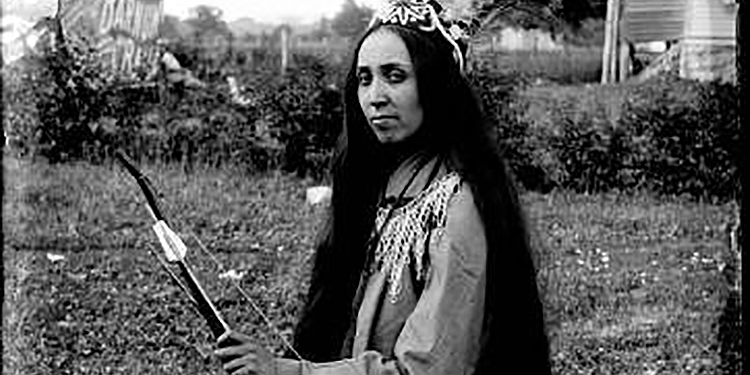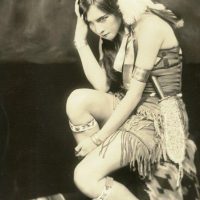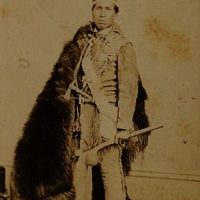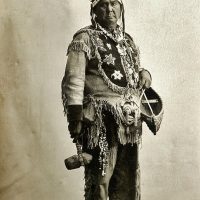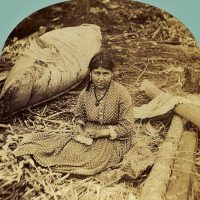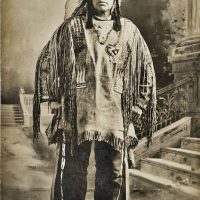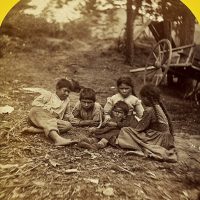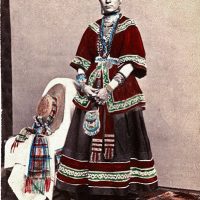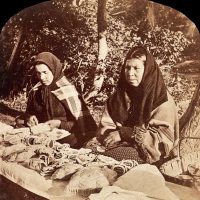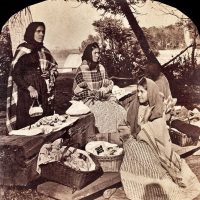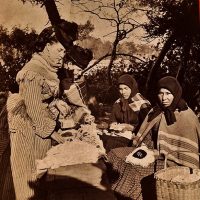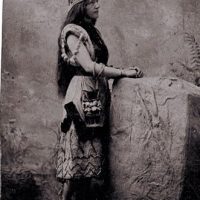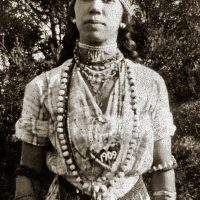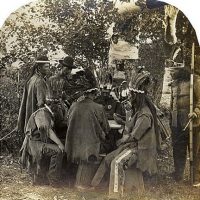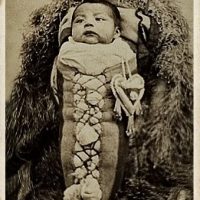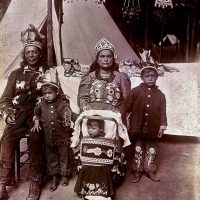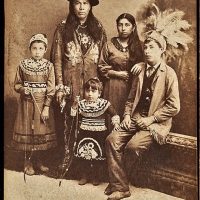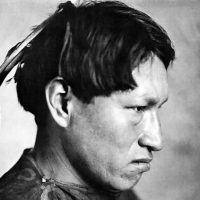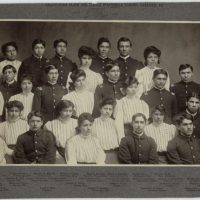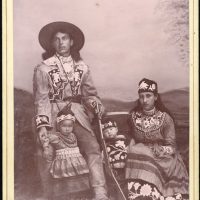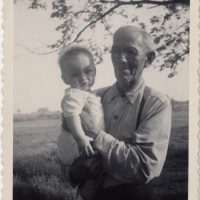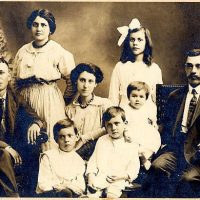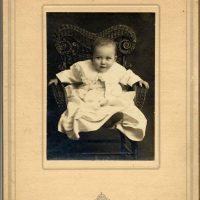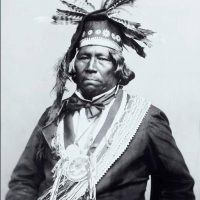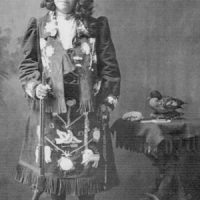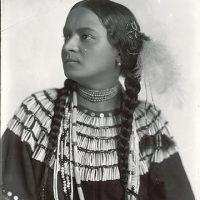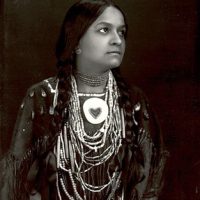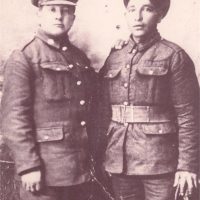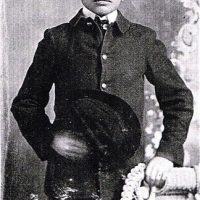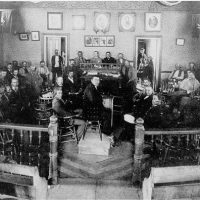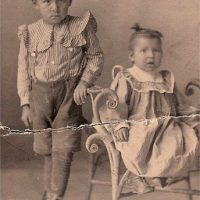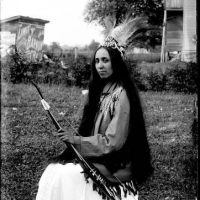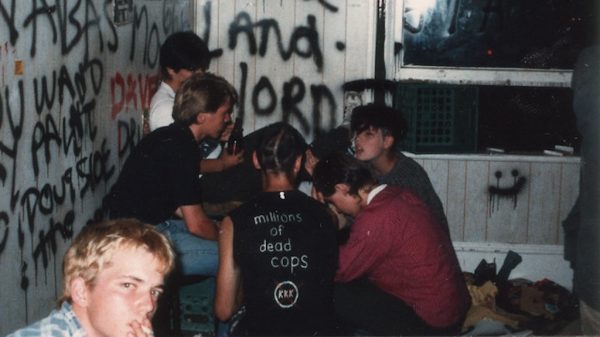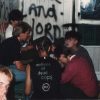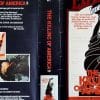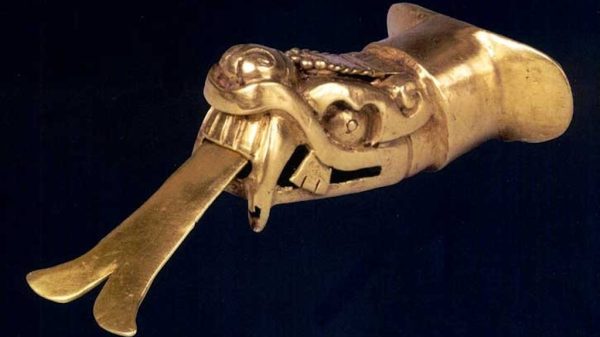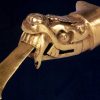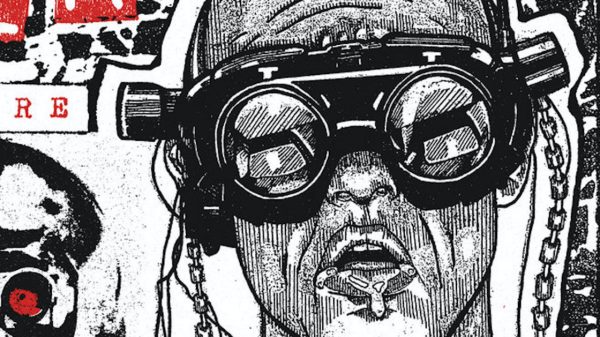Canada celebrated its 150th birthday as a country this past Saturday, and tomorrow the United States will celebrate the 241st year since the adoption of the Declaration of Independence. Up here in Canada, 150 years is being made a big deal of, with every corporation and brand jumping on the bandwagon to celebrate the “meaning” of being Canadian. In 2017, it’s de rigueur to celebrate the diversity of the population up north. But in all our smug glory of being a benevolent host to every race, ethnicity, gender and religion, let’s not forget what confederation meant for the original populations of the land we now call Canada. The Iroquois Confederacy was made up of five of the nations that first settled the lands that were a part of the original Canada during confederation in 1867 (modern day Canada with 10 provinces and 3 territories was only formalized in 1999, with the formation of Nunavut Territory). The oral history of the Iroquois Confederacy, known as the Haudenosaunee, goes back to its formation in 1142 as a joining of the Mohawk, Oneida, Onondaga, Cayuga and Seneca nations by Great Peacemaker, Jigonhsasee and Hiawatha. The actual history of the nations that make up the Iroquois Confederacy goes back much further, with current estimates putting settlement of this land at the very least 12,000 years ago. When Europeans first landed on Canada’s shores, the Iroquois Confederacy had already existed for over 350 years. The Iroquois, whose population was already decimated by the plagues brought over by Europeans, supported the British during the Revolutionary war in the hopes that their support would be reciprocated after the war. Instead the British set “Canada” on a campaign of cultural genocide in the form of legislation that stole the land from underneath them, forced the nations onto reservations and kidnapped their children – a story shared by all of the First Nations who survived the European colonization of modern day Canada. Here are some striking images from the Native North American-Indian Old Photos facebook page of the Iroquois Confederacy as they were in the late 1800s, early 1900s. There are literally thousands of photos on this page of almost every nation that settled North America – I highly recommend looking through them to see the true history of the lands we inhabit.
Happy birthday to the country that squats on the unceded territories of all the First Peoples. Happy independence to the country that was still enslaving human beings when the Declaration was signed by slave owners.
- Esther Louise Georgette Deer (daughter of James Deer and Georgette Osborne-Deer) Iroquois (Mohawk) – circa 1921
- Ah-Weh-Eyu (aka Pretty Flower, aka Goldie Jamison-Conklin) the daughter of Jacob J. Jamison and Eliza D. Jamison, and the wife of Charles Conklin – Iroquois (Seneca) – 1914
- Iroquois (Mohawk) man – circa 1870
- Ah-Weh-Eyu (aka Pretty Flower, aka Goldie Jamison-Conklin) the daughter of Jacob J. Jamison and Eliza D. Jamison, and the wife of Charles Conklin – Iroquois (Seneca) – 1909
- Ah-Weh-Eyu (aka Pretty Flower, aka Goldie Jamison-Conklin) the daughter of Jacob J. Jamison and Eliza D. Jamison, and the wife of Charles Conklin – Iroquois (Seneca) – circa 1910
- Iroquois (Mohawk) man from Kahnawake Reserve near Montreal, Quebec – circa 1910
- Iroquois (Onondaga) girl near Lake George, New York – circa 1870
- Big Bear from Kahnawake Reserve near Montreal, Quebec – Iroquois (Mohawk) – circa 1910
- Iroquois (Onondaga) children near Lake George, New York – circa 1870
- Iroquois (Seneca) woman – circa 1860
- Iroquois (Tuscarora) women selling beadwork on Luna Island near Niagra Falls – circa 1870
- Iroquois (Tuscarora) women selling beadwork on Luna Island near Niagra Falls – circa 1870
- Iroquois (Tuscarora) women (two women to the right) selling beadwork to tourists (two women on the left) on Luna Island near Niagra Falls – circa 1870
- Iroquois woman – circa 1860
- Iroquois woman – circa 1909
- John McComber (aka Chief Poking Fire) – Iroquois (Mohawk) – circa 1940
- Iroquois men playing a card game at the Quebec Tercentenary Celebration – 1908
- Iroquois baby near Brantford, Ontario – circa 1900
- Iroquois (Mohawk) family – circa 1897
- Iroquois (Mohawk) family – circa 1885
- Margaret Boone-Frey (the daughter of Walker Lane Boone and Malinda Boone, and the wife of Ramond Frey) – (Oneida/Wyandot) – 1935
- Sherman Cooper – Iroquois (Seneca) – circa 1910
- Graduating Class of Carlisle Indian Industrial School, Carlisle, Pennsylvania – 1906
- Iroquois family – circa 1900
- Iroquois man – circa 1880
- Joseph Seth Brant holding his great-grandson, Carl Leslie Hatch – Iroquois (Mohawk)
- Standing back row L-R: Jenny Brant, Dora Green Sitting middle row L-R: Jerry Brant, Teressa Brant-Brant, Gladys Aileen Brant, Henry Alexander Brant Sitting front row L-R: Leonard Major Brant, Roy Brant – Iroquois (Mohawk)
- Roy Brant – Iroquois (Mohawk)
- Jeremiah Brant (aka Jerry Brant) with his wife Jenny Brant – Iroquois (Mohawk)
- Iroquois man – circa 1850
- Louisa Stump-Newell (the wife of Louis Belmont Newell) – Iroquois – circa 1890
- Wah-Ta-Waso (aka Bright Star, aka Lucy Nicolar) – Iroquois (Seneca)/Penobscot – 1900
- Wah-Ta-Waso (aka Bright Star, aka Lucy Nicolar) – Iroquois (Seneca)/Penobscot – 1900
- Wah-Ta-Waso (aka Bright Star, aka Lucy Nicolar) – Iroquois (Seneca)/Penobscot – 1900
- Lewis Wilson Sr., Tom Longboat in France – Iroquois (Seneca) – circa 1918
- Clinton George (the son of Joslin George and Susan Seneca-George) – Iroquois (Seneca) – circa 1890
- Alvin Webster Kennedy (the son of Walter Kennedy and Kathryn Doctor-Kennedy) – Iroquois (Seneca)
- Members of the Iroquois National Council – 1914
- Lester Eels and his sister, Ruby Eels – Iroquois (Seneca) – 1910
- Iroquois (Onondaga) woman – circa 1910

